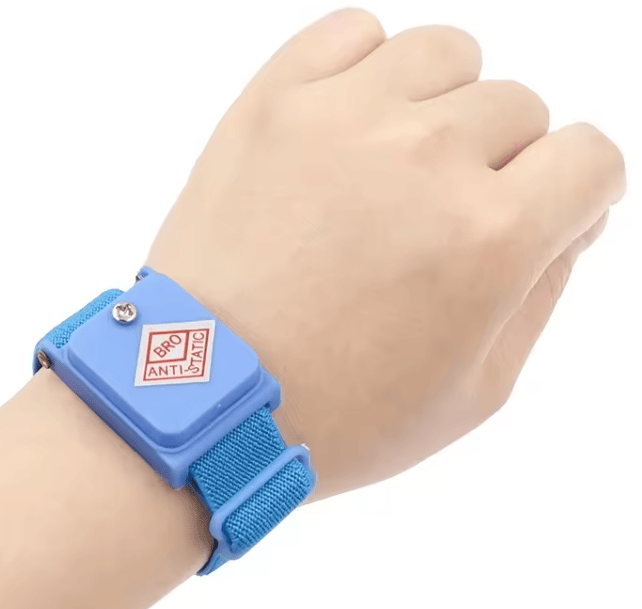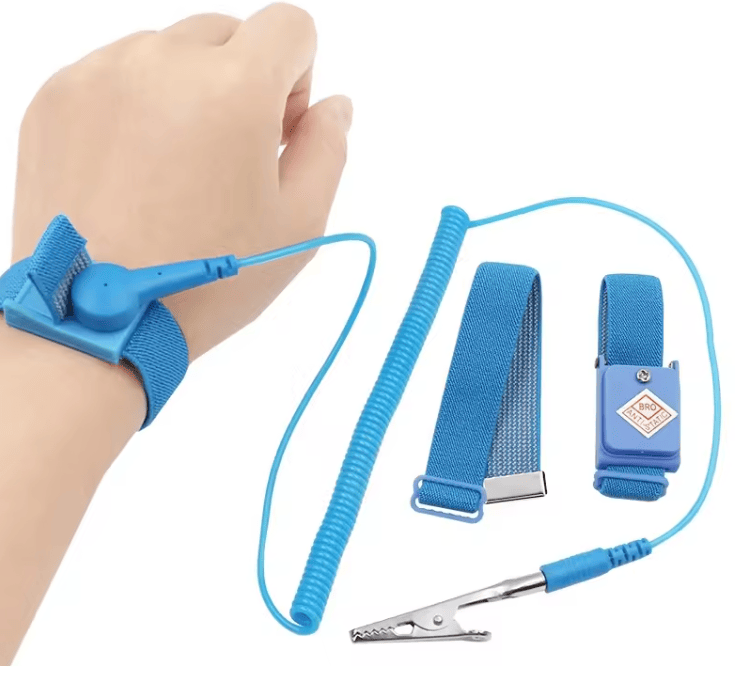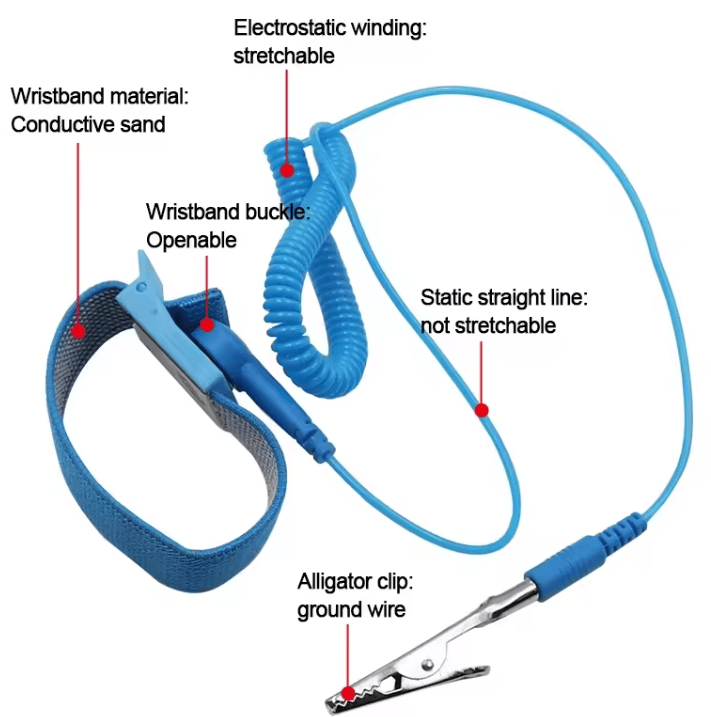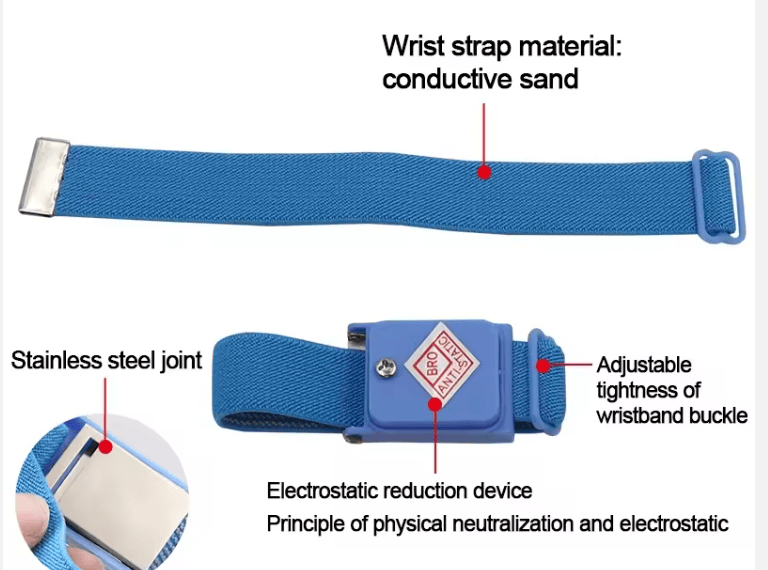How to use the anti static wrist strap?




If you’re new to building PCs, fixing gadgets, or handling circuit boards, you might be wondering: Do I really need an anti static wrist strap? The short answer: Yes! Static electricity is invisible but destructive—even a small spark can ruin expensive components like CPUs or graphics cards. An antistatic wrist strap (also called an esd strap or electrostatic discharge strap) keeps you and your gear safe. Let’s walk through how to use anti static strap like a pro, with tips for choosing a reliable one such as HORBEST.
First: Why Your Tech Needs an Anti Static Wrist Strap
Every time you move—walk across a carpet, rub your hands on your shirt—you build up static. This static can carry up to 25,000 volts, which is more than enough to fry the tiny semiconductor chips in electronics. Unlike a visible shock, ESD damage might not show up right away; your component could fail weeks later. An anti static wrist strap drains this static safely to the ground, so you can handle parts without worry.
What Makes a Good Anti Static Wrist Strap? (Choose HORBEST)
Not all straps work the same. Look for these must-haves: a built-in 1MΩ-10MΩ current-limiting resistor (to prevent shocks), conductive material that touches your skin, and a strong grounding clip. HORBEST’s antistatic wrist strap checks all boxes—it’s durable, adjustable, and certified to meet anti-static standards. Skip cheap straps with thin wires or loose buckles—they’re not worth the risk.
How to Use Anti Static Wrist Strap: 4 Simple Steps
Step 1: Prep Your Workspace
Clear a flat surface and gather your tools. Make sure your esd strap is untangled and the clip is clean. Turn off and unplug any devices you’ll be working on—safety first!
Step 2: Put On the Strap Correctly
Wrap the HORBEST strap around your wrist. The conductive contact pad (usually a metal or black conductive patch) must touch your bare skin—no sleeves in between! Fasten the buckle so it’s snug but not tight. You should be able to slide one finger under the strap comfortably.
Step 3: Ground the Strap Properly
This is the most important step. Attach the strap’s alligator clip to a metal grounded surface. Good choices include: a metal screw on a grounded power supply, a HORBEST anti-static mat’s grounding pin, or a metal water pipe (make sure it’s not plastic-lined). Never clip it to a wall outlet, power cord, or plastic—those won’t ground the static.
Step 4: Double-Check Before You Touch Components
Give the clip a gentle pull to make sure it’s secure. If your HORBEST strap has an LED tester, press the button—if the light turns on, the strap is working. Now you’re ready to handle RAM, motherboards, or any other sensitive parts!
Common Mistakes to Avoid
Wearing the strap over sleeves: Fabric blocks static transfer—always skin-to-strap contact.
Grounding to the wrong surface: Plastic, wood, or ungrounded metal won’t work. Stick to confirmed grounded metal.
Taking the strap off mid-work: Even a quick trip to grab a tool builds static—keep it on until you’re done.
Final Tip: Pair with an Anti-Static Mat
For extra protection, use your HORBEST anti static wrist strap with an anti-static mat. The mat grounds components you place on it, creating a fully static-safe zone—perfect for PC builds or intricate repairs.
Using an anti static wrist strap is one of the easiest ways to protect your tech investments. With HORBEST’s reliable strap and these simple steps, you can work on electronics with confidence. Remember: It only takes 30 seconds to put on, but it saves you from costly mistakes. Happy (safe!) tech tinkering!
📞 Contact Us Today
For bulk orders, quotes, or product guidance, get in touch with our expert team:
Email: sales2@esdbest.com
Phone: +86 137 1427 2599